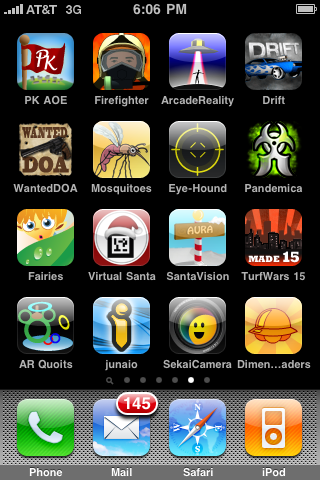There are several methodologies for instructional design. And this article is about how well design and develop a tutorial among various instructional methodologies.

Introduction
Use A short title page
State the lesson goals and objectives briefly, except with children
Give accurate directions and make them available to the learner at all times
Relate what the learner will study to previous knowledge
Avoid putting pretests in a tutorial. Use pretests only when you know they
are needed and use them in separate computer programs whenever possible
Learner control
Give adults more control than children
Always allow control of forward progression and backward review
Allow global controls, rather than occasional control, as much as possible
Always allow temporary termination
When menus are used, they should always be available
Always provide controls for audio, video, and animation (pause, continue,
reply, skip, volume change, and speed change)
Use the mouse for learner control
Motivation
Emphasize intrinsic motivation whenever possible
Consider motivation at macro-level (strategies) and micro-level (lesson characteristics)
Provide an appropriate level of challenge
Arouse and maintain curiosity
Enhance imagery and involvement through fantasy
Provide an appropriate level of learner control
Arouse and maintain attention throughout the lesson
Content should be relevant to the learner and the relevance should be made clear
Provide opportunity for success and satisfaction through appropriate
goals, reinforcement, and fairness
Apply motivation techniques in moderation, intelligently, and in harmony
with other instructional factors
Presentation of information
Presentations should be short
Layouts should be attractive an consistent
Avoid scrolling
Use conventions in paragraphing, keypresses, directions, and response prompts
Use graphics for important information, analogy, and cues
Keep graphics simple
Use color sparingly and for important information
Avoid color in text
Text should be lean, clear, and have good mechanics
Stress clear transitions between presentations on different topics
Use appropriate organizational methods for verbal information, concepts, rules,
and principles, and skills
Provide procedural help and make it easy to request
Questions and responses
Ask frequent questions, especially comprehension questions
Use the mouse for responding whenever possible
Put the typing prompt below the question and the left margin
Questions should promote response economy
Ask questions about important information
Allow the learner more than one try to answer a question
Do not require the learner to get a correct answer without help to proceed
Give help on response format whenever necessary
Alternate-response questions are harder to write, easier to judge, and allow guessing
Constructed-response questions are easier to write, harder to judge, and prevent guessing
Foils on multiple-choice questions should be plausible
Fill-in questions should have the blanks near the end
Be aware of whether you should be testing recall or comprehension,
and use appropriate question types
Reading difficulty should be appropriate to the learner's reading level
Avoid abbreviation and negatives in questions
Questions should never scroll out of view
Questions should appear after information in a lesson and below information
on a particular display
Global learner controls should still be available during questions
Judging responses
Judge intelligently, as a live instructor would. Allow for word order, synonyms,
spelling, and extra words
Look for both correct responses and expected incorrect responses
Allow as much time as the learner needs for a response
Allow the learner to ask for help, and to escape
Providing feedback about responses
If response content is correct, give a short affirmation
If response format is incorrect, say so and allow another response
If response content is incorrect, give corrective feedback
Remediation
Provide remediation for repeated poor performance. This might be
a recommendation to restudy or see the instructor
Sequencing lesson segments
Overall sequence should be hierarchical or based on difficulty
Avoid simple linear tutorials. Provide branching based on performance
The learner should control progression. Never use timed pauses
Provide restarting capability
Give sequence control to mature learners
Always permit temporary ending based on learner choice
Permanent ending should be based on learner performance
Closing
Store data for restarting
Clear the screen
Make the end obvious with a short final message
Return the learner to where he or she started before the tutorial
이 글은 스프링노트에서 작성되었습니다.





